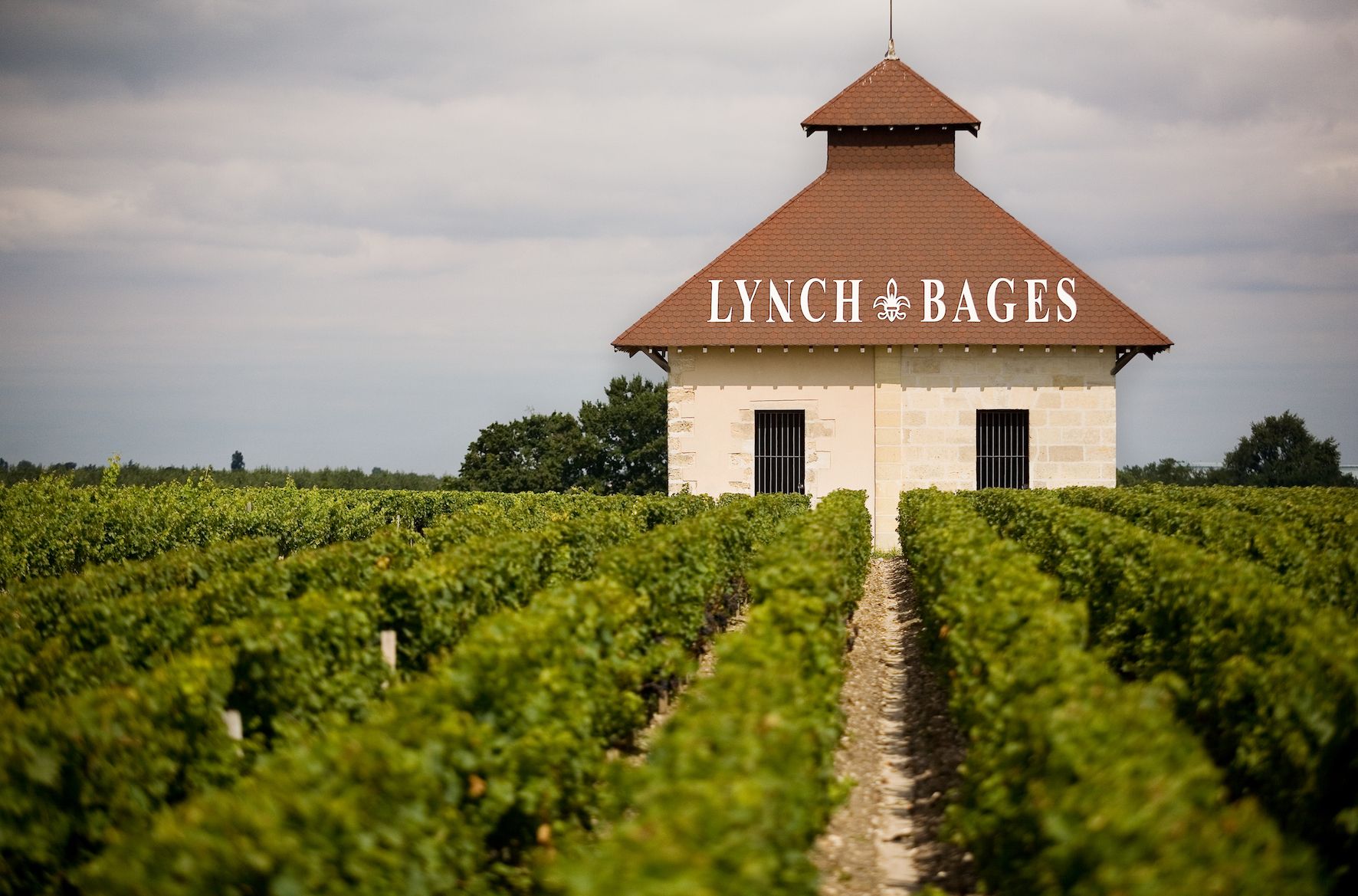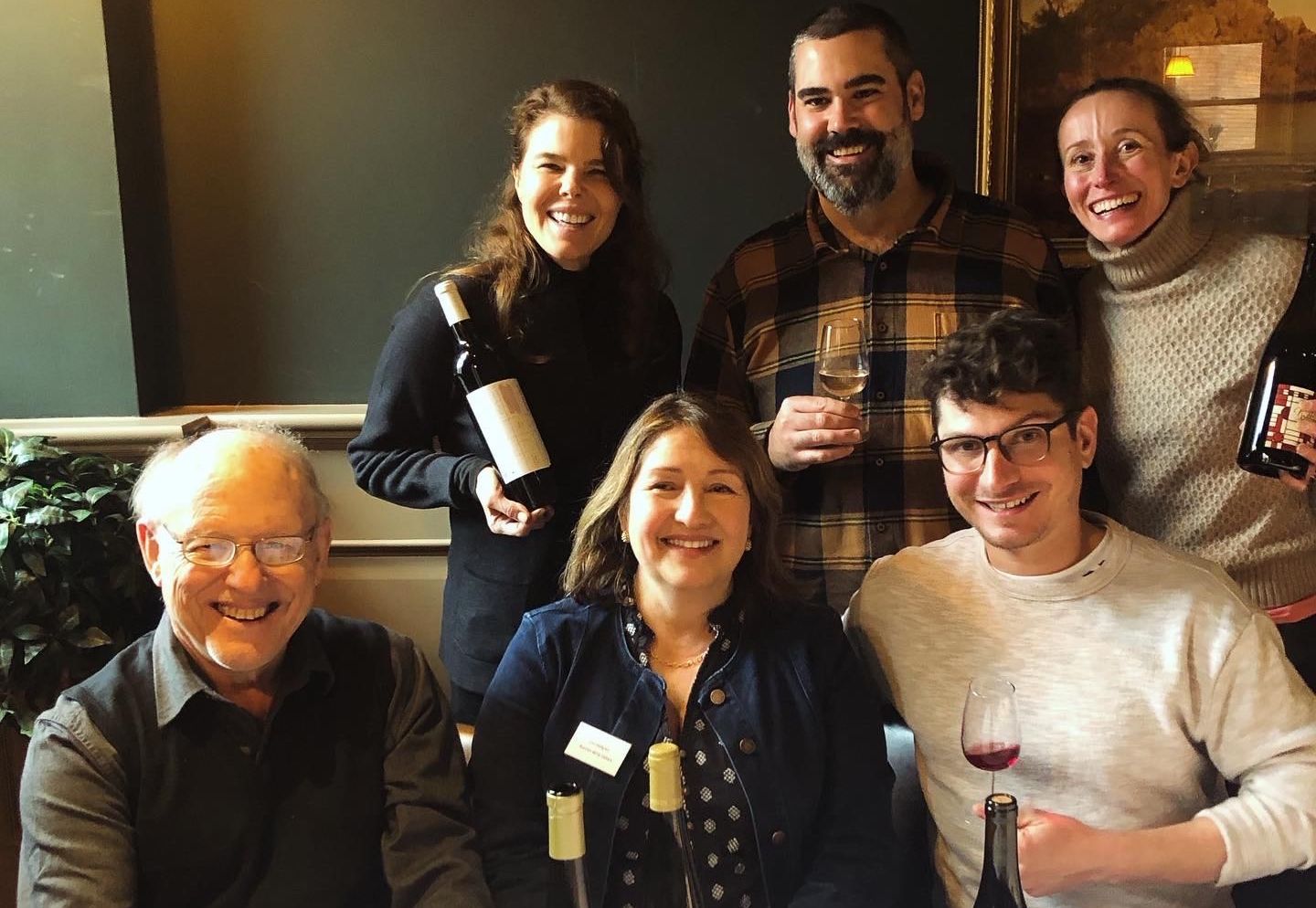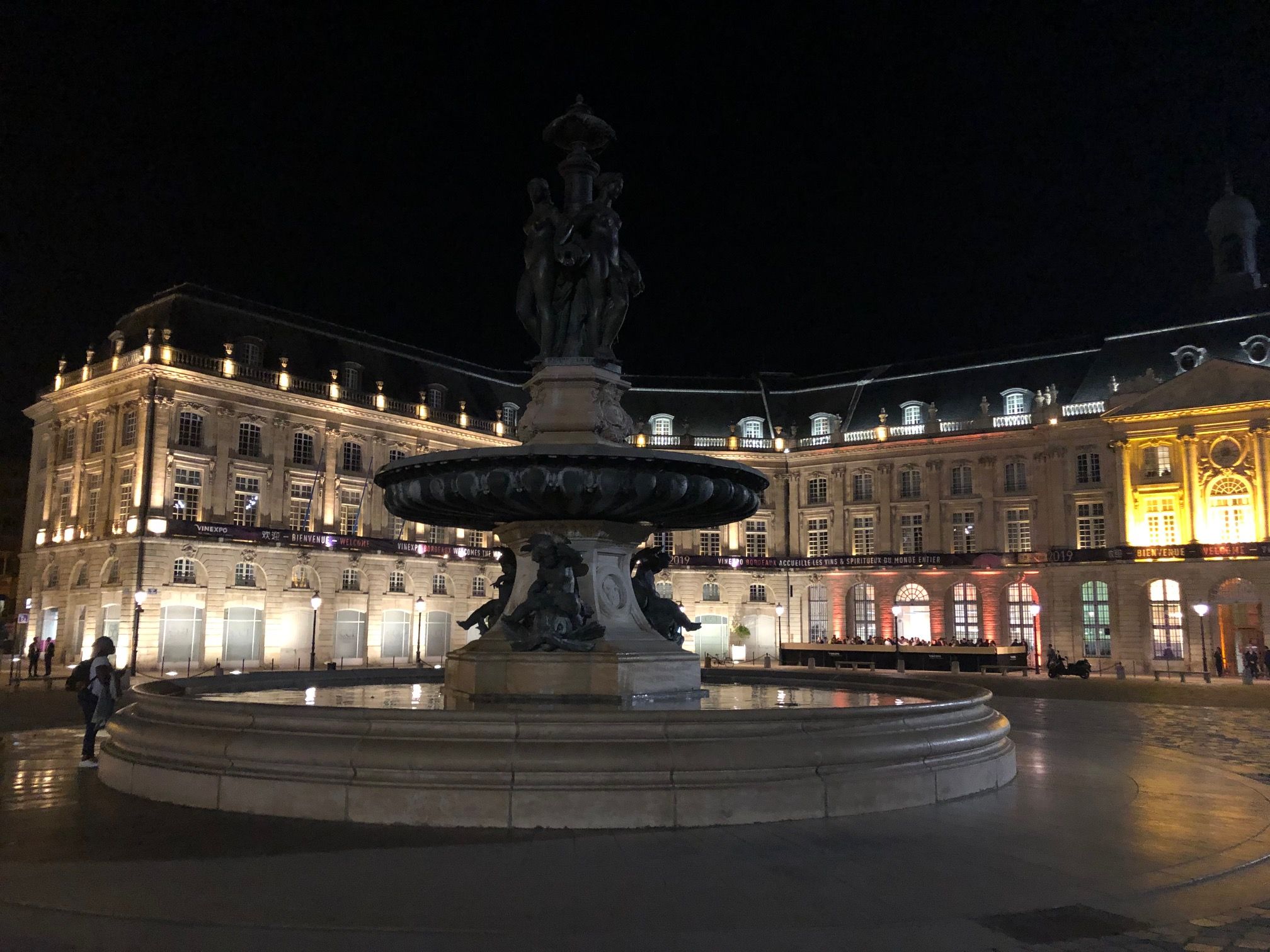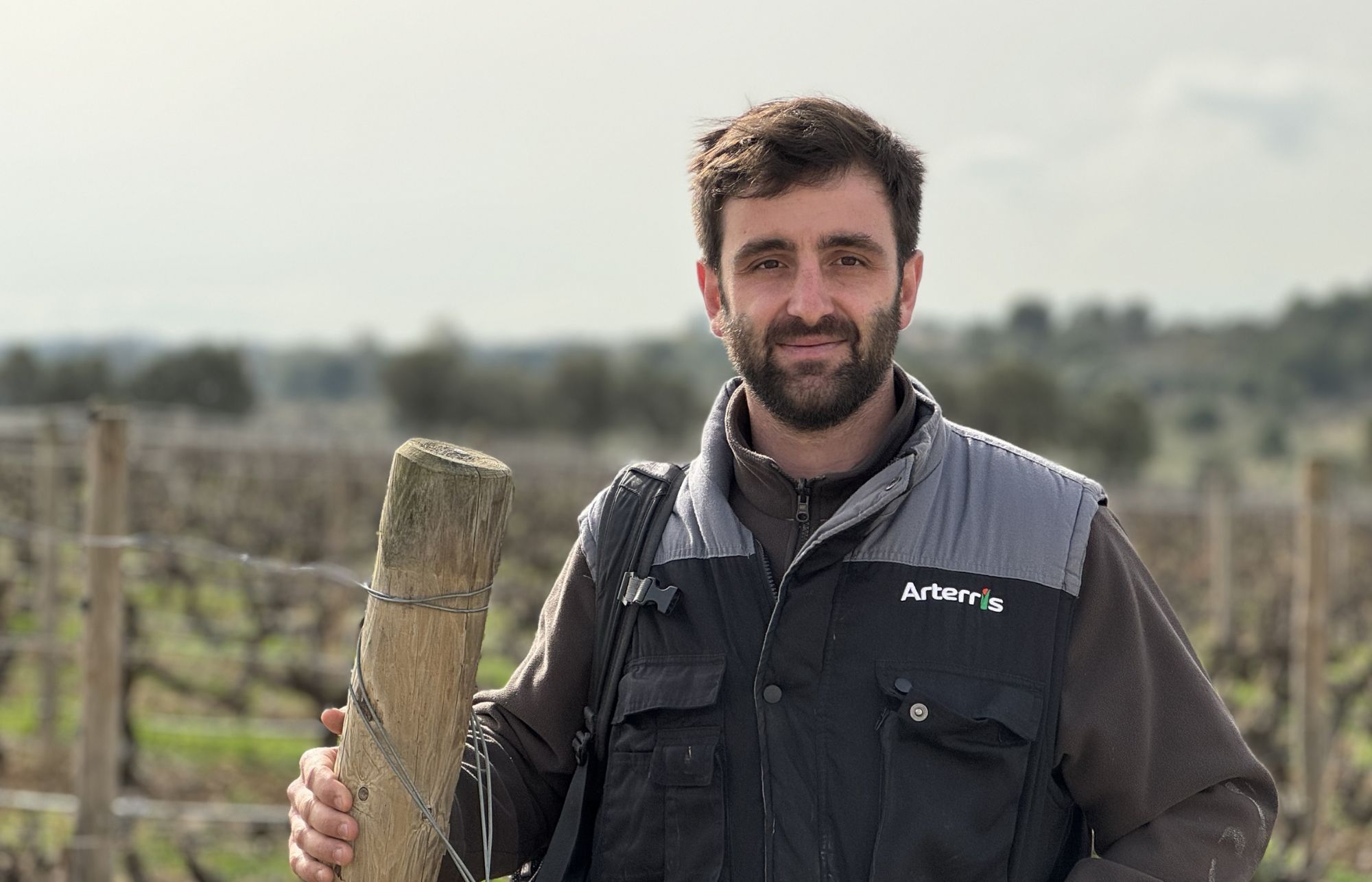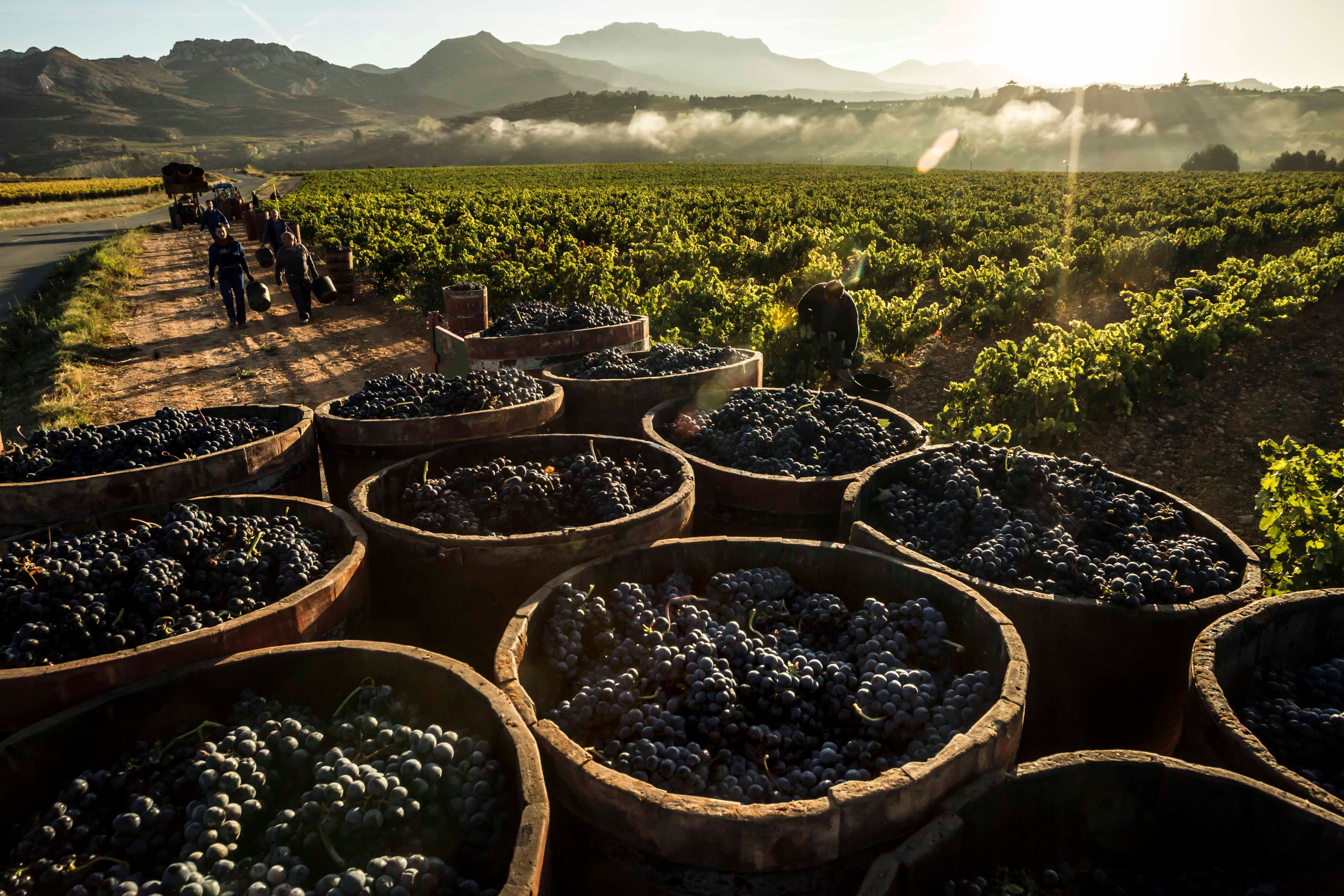Lynch-Bages 1949 and 1985 were two of the show-stoppers on the night but the tasting contained many surprises
Thanks to a remarkable collection of wines that the Pfurtscheller family have been building up in their hotel cellar in the Austrian Alps, two vertical tastings per year of some great European houses – from France, Italy and Spain – are being offered to connoisseurs at the Jagdhof Hotel, just south of Innsbruck in the picturesque village of Neustift. The Buyer was fortunate enough to be asked to the winter tasting over dinner, which featured the grands vins of Lynch-Bages, the Pauillac fifth growth, from 1945-1995.
The tasting was sensibly broken down into five flights of four vintages apiece. The first featured four post-war ones from the 1940s, including three greats in 1945, 1947 and 1949. The second took in the first half of the 1950s; the third 1959, 1961, 1970 and 1975; the fourth focused on 1982-6; and the fifth the stellar quartet of 1988, 1989, 1990, 1995.

What was noticeable about the older vintages of Lynch-Bages was how lively the acidity still was
Where else can one start but 1945?
It was fitting that the end of the Second World War should see such a special vintage after a summer of drought and very high temperatures. Severe May frosts led to a very small crop size, which further enhanced concentration. Despite a rim that was significantly lighter than that of the other three wines, red fruit was still gloriously apparent on the palate. Fresh acidity and firm, well-integrated tannins had held this wine together, with its complexity undimmed and its finish lingering.
1947’s tannins were more firmer still, although beautifully meshed, and its fruit was better preserved. Lively acidity made this another very appealing wine. 1948 was less so on account of its dry, overt tannins, although its finish was pleasingly long. Then came the wine with the best fruit of the four – 1949 – a glorious wine with fine tannins that was complex with vivacity, freshness, concentration and pronounced length. One of the wines of the tasting.
The 1950 came from an abundant crop, which was nearly double the size of 1949 when ‘coulure’ was as bad as any of the locals could remember. With a high yield came uneven quality, making it an unexceptional year as far as the trade were concerned. A faded rim and slight cloudiness were apparent, but fresh acidity, good intensity and length still made it a pleasurable claret. 1952 possessed remarkable freshness, as well as marked intensity of flavour and length. Firm tannins gave it structure, while its evident complexity marked it out as an impressive wine. 1953 was even better, exuding a fragrant nose, real elegance and charm. Yet, it also had tremendous intensity, concentration and length. Above all, its tannins, acidity and fruit were in perfect balance. Another magnificent wine. 1955 inevitably suffered by comparison, although its tannins were superbly integrated and it was very long, if not quite as complex.
Next to what pundits at the time proclaimed the ‘vintage of the century’ – 1959 – although two years later came another that made a strong case for this moniker. 1959’s tannins were still robust on tasting, holding the wine together. Interestingly, it was Pinot Noir-like in colour, being much lighter than the 1961. Freshness, concentration, intensity of flavour and a lingering finish were hallmarks of this great wine. The 1961 likewise fully lived up to its reputation, for some observers have wondered if the powerful tannins that characterised the vintage will outlive the fruit. This 1961 possessed incomparable balance between a strong tannin structure, vibrant acidity and glorious fruit. Its length seemed never-ending.
What was an oustanding third flight continued with the 1970. Weather conditions that year were conducive to greatness with successful flowering, heat and drought in July, a wetter August with sunshine, and a long hot ripening period. The tannins were a little dry, but the fruit had not faded. Concentration, complexity and length were all evident. Michael Broadbent admitted that at a blind tasting of this wine, he thought it so good that he mistook it for Mouton-Rothschild. 1975 could not match the preceding vintages, high alcohol and high tannins leading many to question its balance. The tannins of the ’75 tasted were cloying, although the fruit quality was not in question. It was also long with good concentration.
By contrast, 1982’s tannins were silkily soft and seamlessly integrated. This elegant and complex wine showed superbly, with glorious red cherry fruit seducing the palate. Although the accepted wisdom was that the 1983s were not for long-term keeping, the fruit core was lovely, although the tannins were not quite as well meshed. It had a very long finish. The 1985, widely regarded as the vintage of the decade, was one of the show-stoppers of the night – intensely fragrant, firm tannins but so well integrated, such an elegant and refined wine. 1986 also had very flavoursome fruit, which almost leapt out of the glass, but its tannins were still masculine, perhaps overly so.
A triumvirate of consecutive fine vintages began with 1988. Thicker than average skins at harvest led to some high tannins but these have softened nicely, although they were still firm on tasting.Very marked concentration and a long finish were apparent. 1989 was an even greater vintage, its sturdy tannins marking it out as another vintage to lay down for keeping. Packed with vivacious fruit and flavour, it is a powerful wine that is now showing how good it is. So did the 1990, an elegant and complex wine with such great balance.Deeply-coloured, with mulberry fruit, it was rich and spicy with silky tannins. 1995’s tannins were overt yet chalky, and the wine had tremendous concentration and length. It is ready now but will keep.
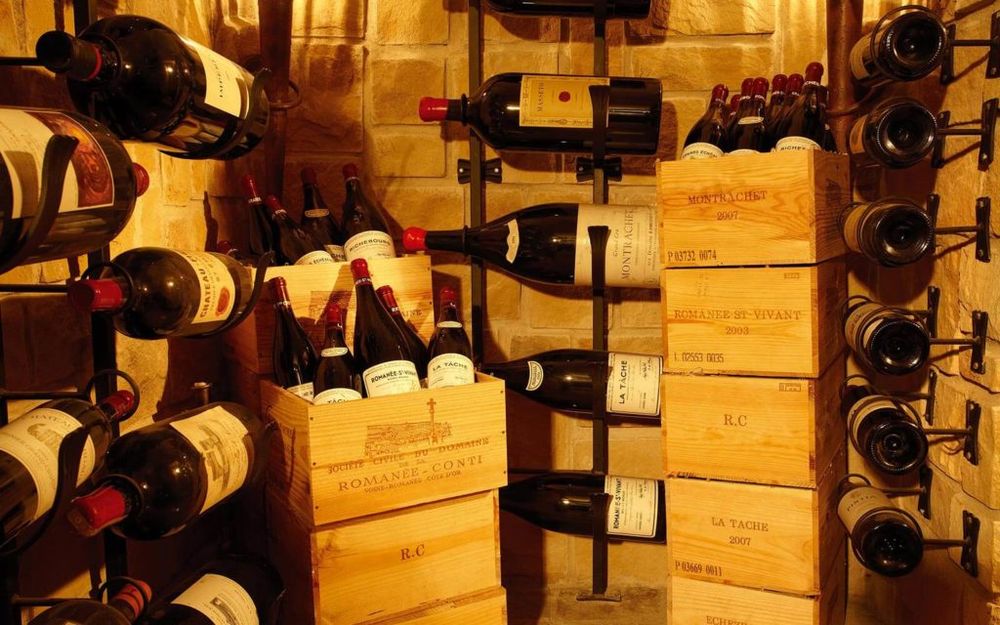
The wine cellar at Hotel Jagdhof has over 20,000 bottles and 1,250 different wines
The Pfurtscheller family, who have been collecting many old vintages of the world’s greatest wines, are keen for them to be drunk by connoisseurs who appreciate them. Their close links to Figeac mean they have an extraordinary number of vintages from the St-Emilion chateau. Those will be amongst the wines featured in the next tasting weekend at Hotel Jagdhof in September.
That weekend (19-22 Sept, 2019) there will be three special tastings: all the vintages of Matarocchio, Tenuta Guado al Tasso; Cheval Blanc & Figeac; and Burgundy (wines to be advised) contact www.hotel-jagdhof.at for further details.
